Phone manufacturers have started certifying their devices with the IP68 rating. Meanwhile, there's an increase in rugged smartphones. But what is the degree of the protection? What is the difference between a simple phone and a rugged one? Is the IP68 rating enough for us to think we have a waterproof phone? In this article, we will answer all those questions and more.
Unblock any international website, browse anonymously, and download movies and Mp3 with complete safety with CyberGhost, just for $2.75 per month:
Which phones are rugged and which are not
A phone isn't considered rugged by the IP68 rating. As a term, a rugged phone can endure dust, falls, and liquids. In few cases, rugged smartphones are designed to handle extreme temperatures and pressure levels.
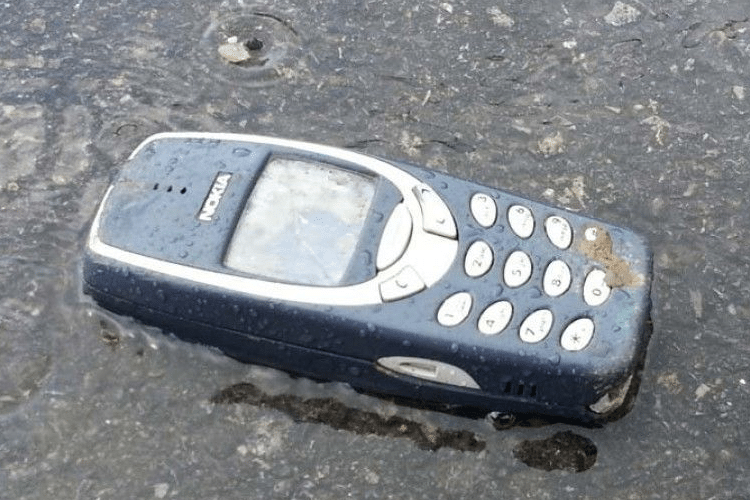
Most phones have a specific protection level, but we can't categorize every smartphone as rugged.
The pretty LG G6 has an IP68 rating, but it can't be used for diving underwater. It's a waterproof phone under certain circumstances. We are going to see all these later on.
The true rugged devices usually look like they belong to sci-fi movies, or as armored vehicles in a phone's body.
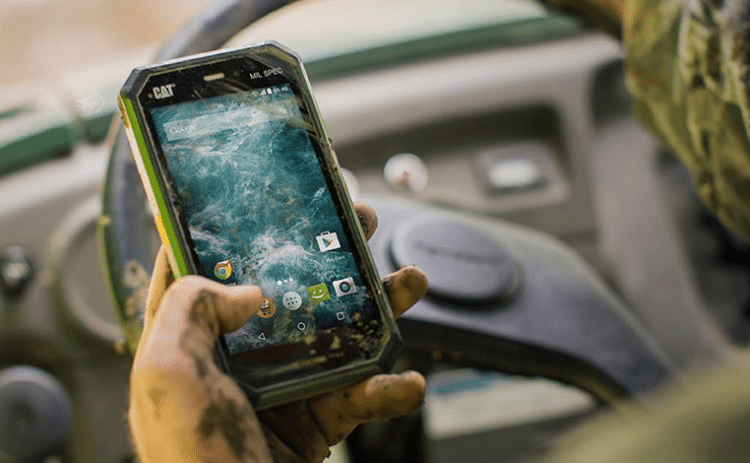
Usually, they are made or covered with rigid metallic materials. They also have increased waterproof levels by design.
Most of the times, their hardware, and operating system aren't of the latest technology. The aim of these devices is durability and not performance.
Ingress Protection
Ingress Protection (IP) is a crucial factor when buying a phone. That's why usually manufacturers design their devices to be more durable than needed.
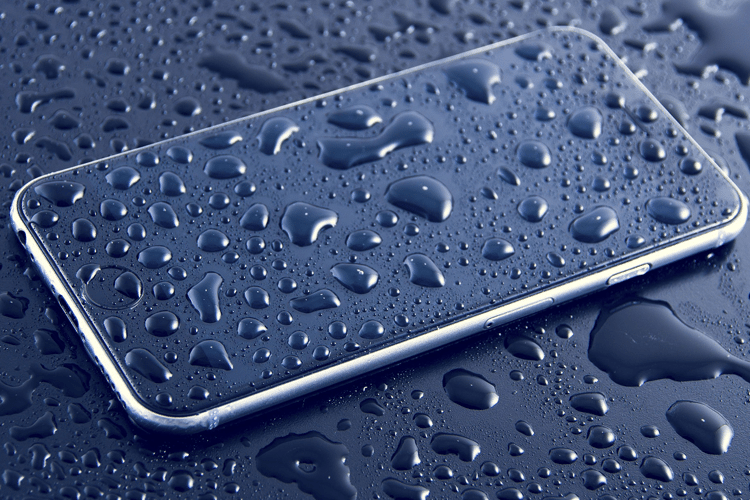
The Ingress Protection metric shows the levels of protection for a device. Those standards are set after an evaluation of specific lab tests.
Those levels existed even before phones. They were used to evaluate and certify valves, special boxes, etc.
Nonetheless, the number of manufacturers who evaluate their devices steadily increases. So, on the device's features, we will see IP and next to it two numbers and maybe a letter.
The first number sets the level of protection from solid particles, and the second the durability for liquids. However, some companies don't run tests or evaluate their phones, so instead of a number we will see the letter "X."
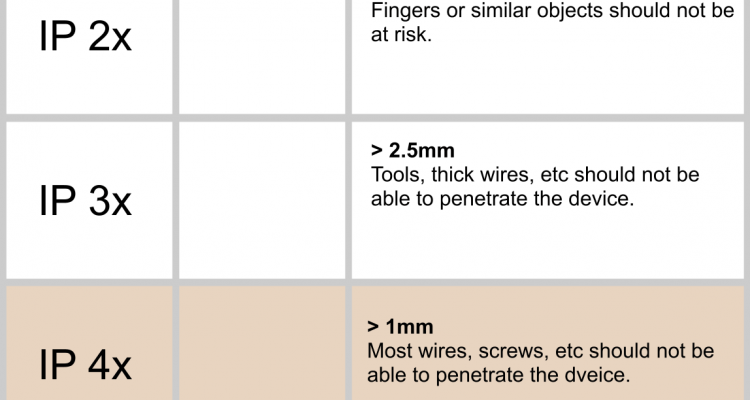
As we mentioned, we might see a letter at the end of IP. This means the device has special protection; for example, to high voltage.
We think knowing what these numbers mean is essential. That's why we will explain what each indicates.
Solid particle protection
The endurance on solid particles can confuse people. This protection designates how tolerant the device is in the dust, etc.
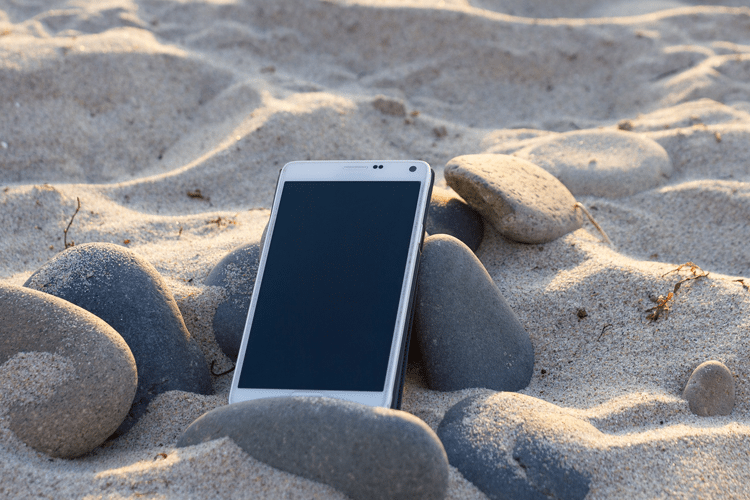
Someone would say a number would be enough. But that's not true since there are a total of seven protection levels and they are the following:
- 0 Zero protection against particles
- 1 Protection against particles larger than 50 mm
- 2 Protection against particles larger than 12.5 mm (This is the minimum rating to protect against putting your finger into a thing)
- 3 Protection against particles larger than 2.5 mm
- 4 Protection against particles larger than 1 mm
- 5 Dust protection (a significant amount of dust will affect the proper function of protection)
- 6 Complete protection against dust (the dust cannot enter, even from the ports)
Liquid ingress protection
We saw how many protection levels exist for solid particles. We also have plenty of protections against liquids too. The difference here is there are more levels, with more detailed features.
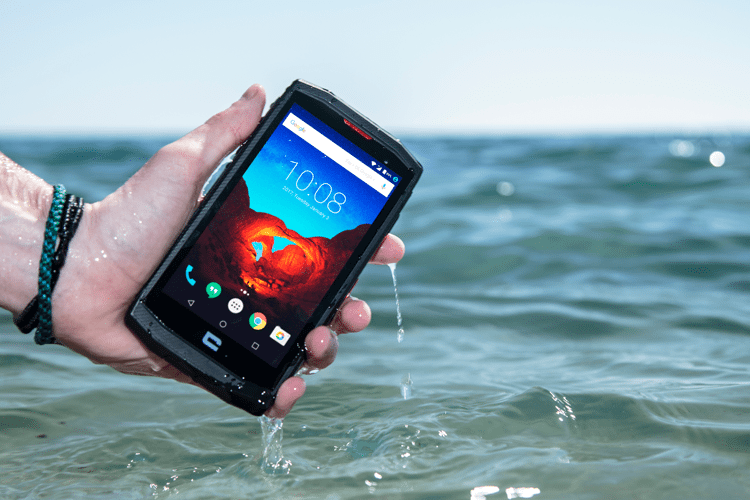
- 0 Zero protection against liquids
- 1 Water drop protection
- 2 Protection from water drops dropping at an angle of 15 degrees
- 3 Protection against spraying water at an angle of up to 60 degrees
- 4 Protection against water splashing at any angle
- 5 Protection against water spraying through a 6.3 mm nozzle, with a flow of 12.5 liters/min, pressure at 30 kPa, three meters apart, for three minutes
- 6 Protection against water spraying through a 12.5 mm nozzle, with a flow of 100 liters/min, pressure at100 kPa, three meters apart, for three minutes
- 6K Protection against water spraying through a 6.3 mm nozzle, with a flow of 75 liters/min, pressure at 1000 kPa, three meters apart, for three minutes (1000 kPa is the standard pressure with which a fire hydrant sprays water)
- 7 Protection against immersion in water up to a meter depth, under normal pressure, up to 30 minutes
- 8 Protection against immersion in water more than one meter deep, details are given by the manufacturer
- The flow of water is set at 14 to 16 liters/minute
- Water pressure is from 80 to 100 bar
- The water temperature is 80°C
- The spraying distance is between 10 and 15 centimeters.
- 9X Protection against water spraying, through high flow jet, high-pressure and high temperature. (If we were spraying water on humans, under such pressure, from that distance, we would kill them.)
Probably all those protection levels from liquids weren't enough, so they had to add letters too. Moreover, 6K is a rating we are never going to see on a smartphone, but since we want to create a complete guide, we had to mention it.
Additional protection designation
Apart from the main protection ratings, there is a category for special uses. In total there are five designations, and all are equally weird.
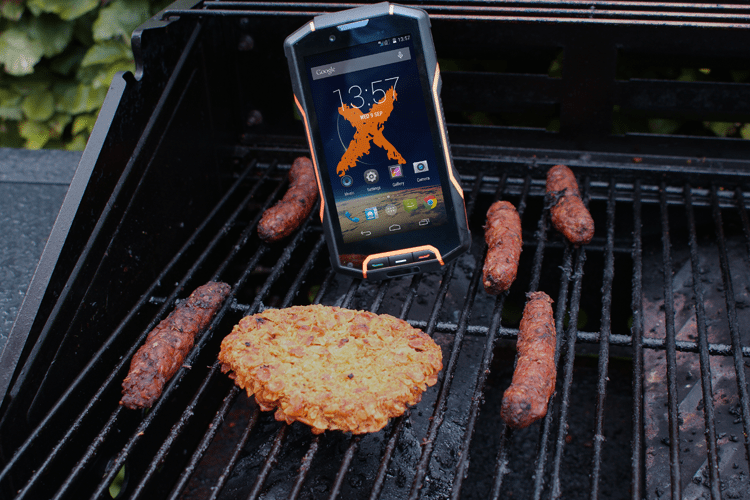
- f Oil resistance
- H Protection against high voltage
- M Movement use during the tests
- S No movement use during the tests
- W Resistance to adverse weather conditions
These designations are so unique that it's quite rare to see them in device specifications without some explanation.
What IP68 means and what is MIL-STD
Since we saw all the details about the protection levels, it's time to "dive" in IP68 and learn the meaning of MIL-STD.
IP68 is the most common certification we might see on a smartphone and tablet. Essentially, it means that our phone has increased protection from dust, and we can dive it into the water.
But sadly, many companies abuse this term, and they name any protection level IP68, so the buyer thinks he has the ultimate rugged phone which is not true.
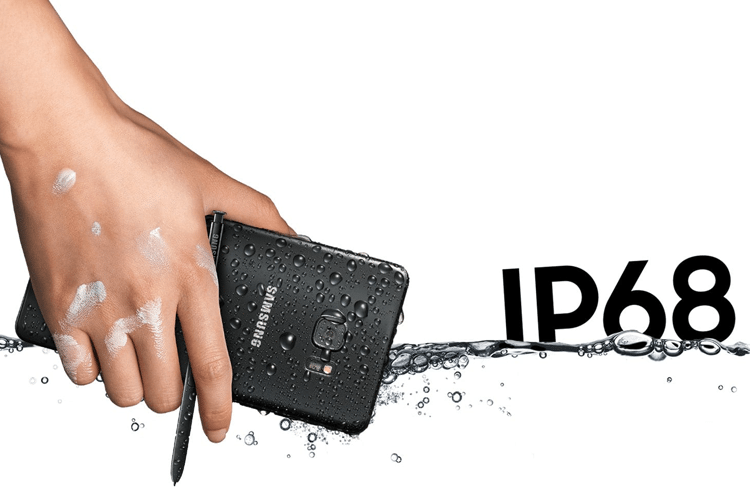
The manufacturers offer details, explaining the level of protection that each device has. For example, here is LG's IP68 certification page for LG G6.
LG mentions the phone has higher protection level from dust. This makes the dust impossible to enter our device under any circumstances. Meanwhile, it informs us that the specific model can withstand a dive into the 1.5-meter deep water for 30 minutes. It even states that the water temperature can be from 15°C to 35°C.
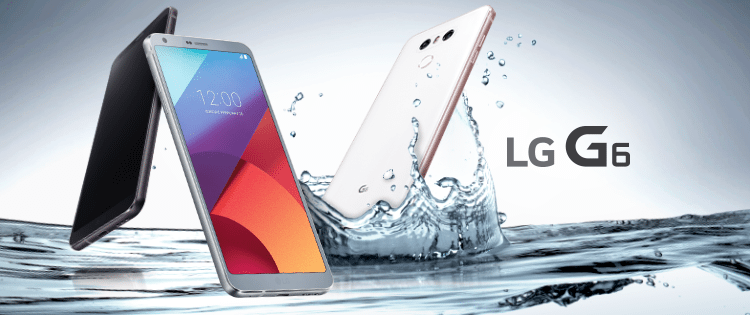
As a user, we quickly get excited and take our phone for a dive. But that's completely wrong. The company offers specific protection instructions, under which IP68 applies.
We always have to take temperature into account. High temperatures, apart from damaging our device, will weaken its proofing.
Furthermore, SIM and memory ports must be shut. Lastly, we can't dive our device into chemicals or salt water.
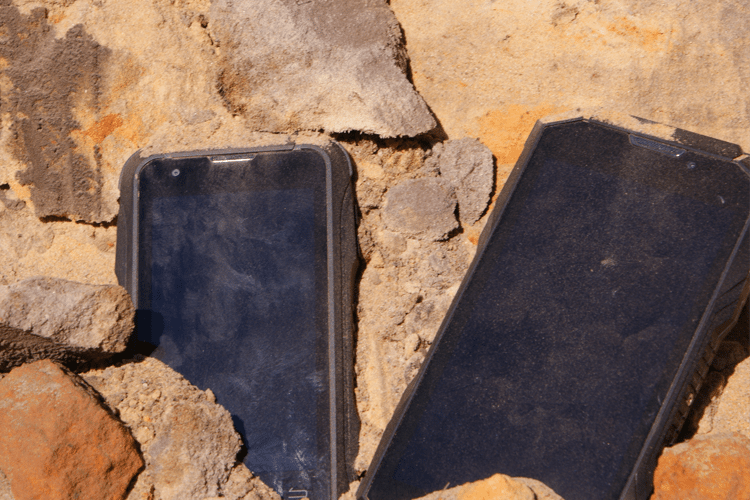
We hope it's understandable that an IP68 certified phone isn't invulnerable. So we have to check the conditions before making a dive with our smartphone.
In any case, modern phones have unique humidity indicators on the inside. If they change color due to misuse, we instantly lose our warranty.
MIL-STD
This is a US military prototype, which tests the durability of devices in various extreme weather conditions. We might find Android phones labeled as MIL-STD 810G, but this means nothing.

The MIL-STD 810G, the IP68, and every other certification are given after lab tests; this means the tests are performed in labs with the help of simulations. This is more than enough to prevent us from using our phone in weird conditions.
Although, if this is not enough for us, let's think that no matter how many certifications our phone has, it was all tested in the safe environment of a lab. No matter how stringent the tests were, this proves nothing in the real world.
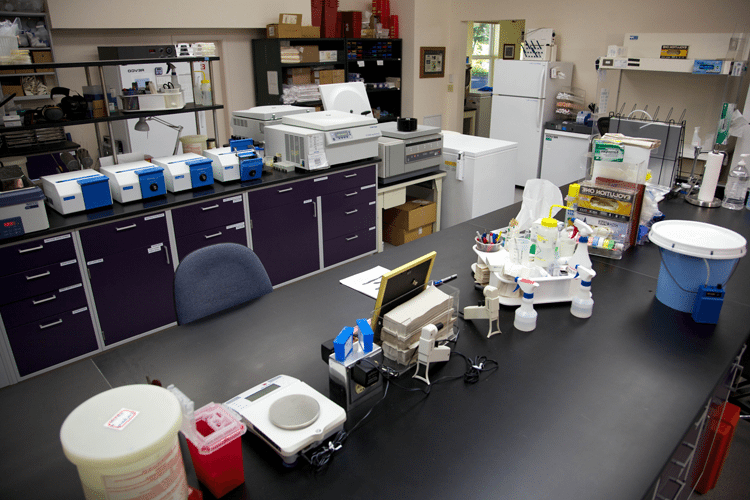
The results of these tests are never published, and there is a reason for that. Let's say the IP68 or MIL-STD 810G certifications are here to make us feel safer, in case we accidentally - let's say - spill some water on our phone.
Waterproof phone after purchase
Some phones come with an IP68 certification, while others don't. Either our phone has a certification or not, we can always make it waterproof by ourselves.
A way to have a waterproof phone is by spaying it with special sprays like the one from HzO. The company claims that with a thin layer of its product, any phone can become waterproof.
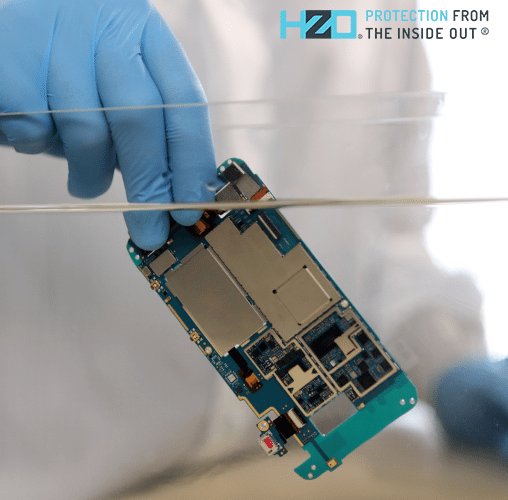
In YouTube videos, they dive their sprayed iPhone, and then it still works.
On the other hand, there are companies like Liquipel, which develops a particular film that is a thousand times thinner than a human hair. They mention that if we send our device to them, they can return it as a lifelong waterproof phone.
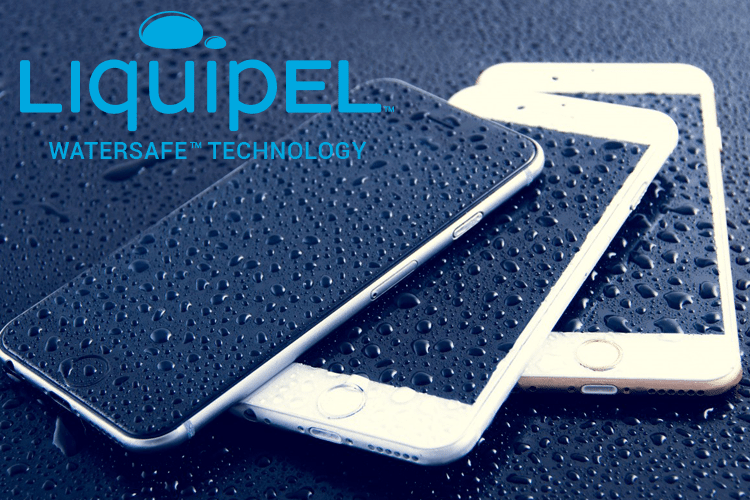
Although - as they say - this can only protect our phone from accidents; we shouldn't take it swimming with us.
Do you have a waterproof phone?
Did you know what the IP68 certification is? Does your smartphone have a certification? Do you think it's worth paying one of these companies, claiming they can make your device a waterproof phone?
Tell us in the comments and share your knowledge with our readers.
Support PCsteps
Do you want to support PCsteps, so we can post high quality articles throughout the week?
You can like our Facebook page, share this post with your friends, and select our affiliate links for your purchases on Amazon.com or Newegg.
If you prefer your purchases from China, we are affiliated with the largest international e-shops:
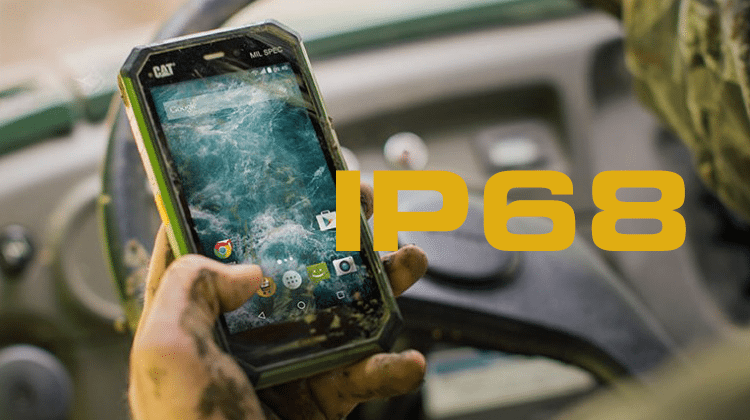




Leave a Reply